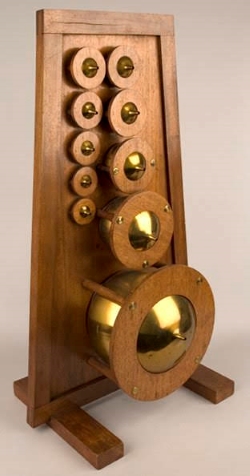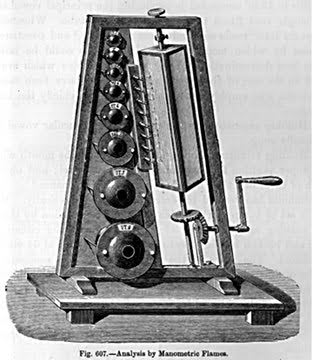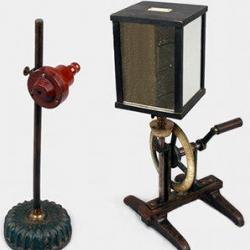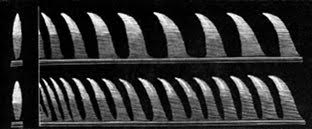This late 19th-century apparatus (image 1) is part of a sound analysis device. It imitates a design by Rudolph Koenig for what is considered the first spectrum analyzer. It is displayed alongside a flame manometer and a rotating mirror (image 3), which would have formed crucial parts of this analysis machine.
Description
The object in image 1 consists of ten Helmholtz resonators arranged in a wooden frame, and was acquired from the Wheatstone Laboratory, King's College London, in the 1980s. The resonators were made by Rudolph Koenig in the late 19th century, but the maker of the frame is not certain. Most probably this apparatus was assembled at King's as a more affordable version of Koenig's apparatus for the analysis of sound, using a standard set of resonators.

